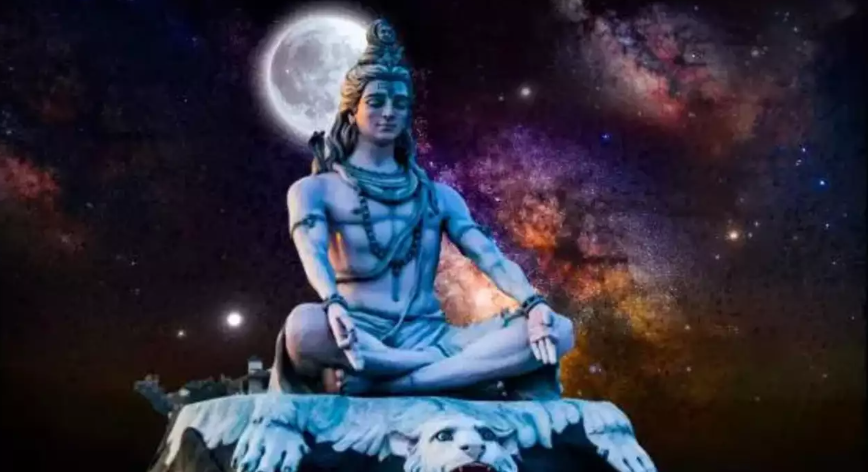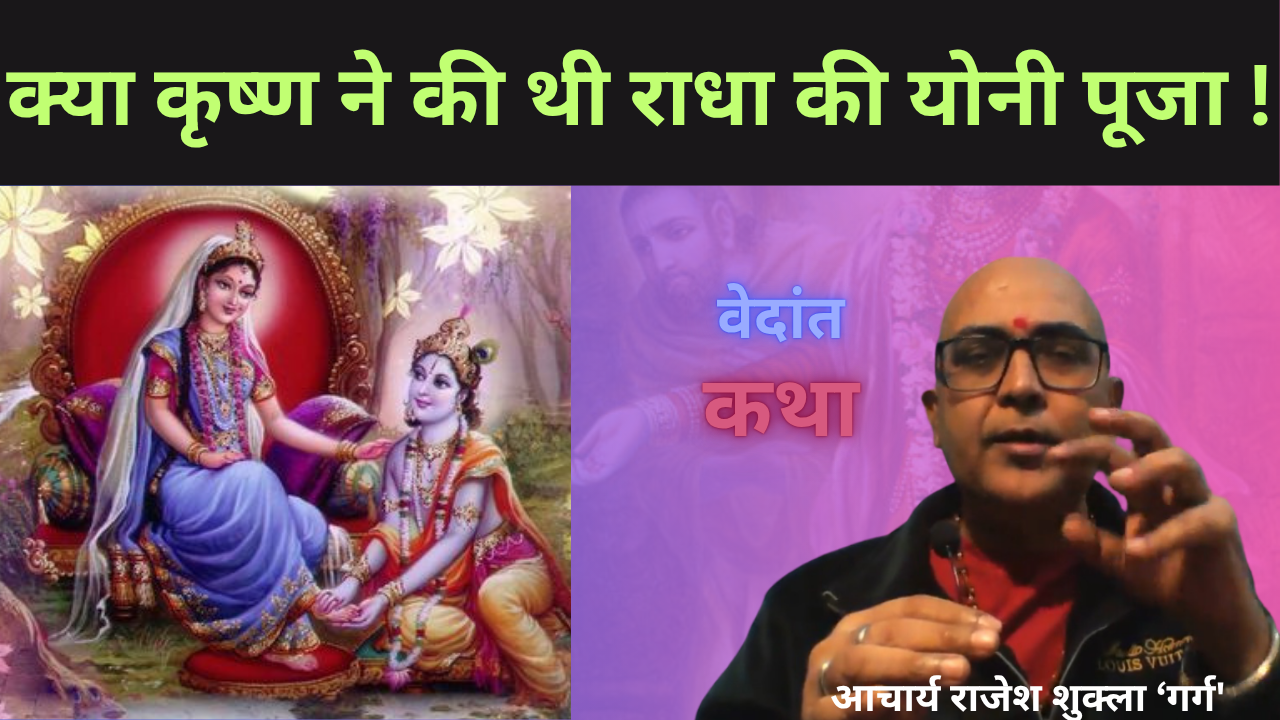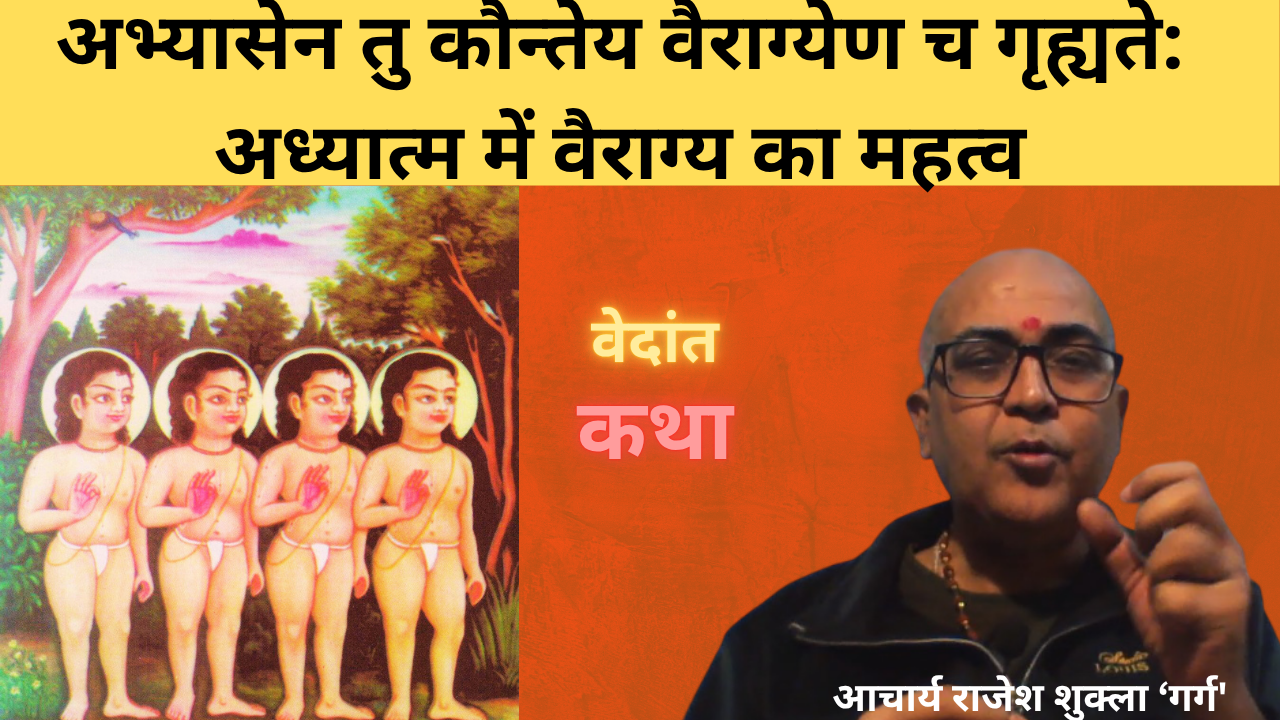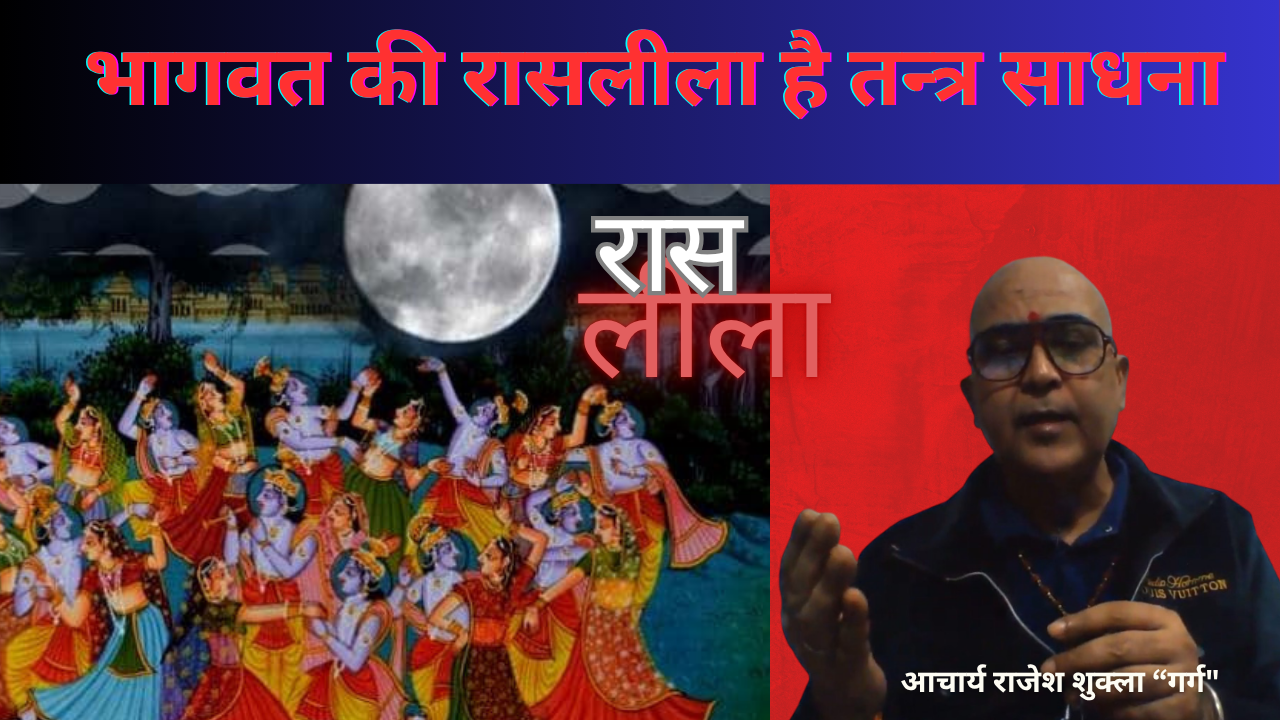
On 21st of June world will celebrate International Yoga day. It is largely physical has nothing to do with Patanjali’s Yoga as Such. Sage Patanjali does not say that spend all your time on bending your body from all joints and perform some hard and typical acrobatics. Tamoguni Asuras believed in acrobatics. Yoga is of two kinds- First is the Yoga of Patanjali which largely deals with Chitta, Prana and clearance of Sankaras and Avidya for Kaivalya, and Second one is Hath Yoga which largely deals with purification of Body and how to make it healthy. International Yoga day is about second one. He was a Hatha yogi with whom Gautam Buddha lived for six years, but later abandoned him saying that he was only teaching about how to make body healthy. Commercial Yoga teachers largely teach Hath Yoga which ends in exercise of various Asanas. They go no further and people also don’t want it. Body is everything. The mind or chitta is heavily afflicted by all that which comes from Tamoguna, world Humanity is into hatemongering. Yoga is not being practiced hence mind is not cured. People who are doing yoga exercise everyday are seen doing hatemongering on social media. Yoga texts clearly tell us that without a healthy mind, a healthy body can’t be produced because both are interconnected. Hence first step in Patanjali’s yoga is purification of mind or chitta thus the first sutra of Patanjali is “Yogas citta vritti nirodhah”. Patanjali is not in favor of typical Asanas, to him ‘स्थिरसुखम् आसनम्’ Aasana is that which is steady and pleasant. Only that Asana is useful in which one is at ease and stable. You can’t meditate in kukkutasana.
On this occasion, I have chosen to explain the first sutra of last chapter of Yoga Sutra. I will explain it in short for the readers of GargAstro. Now let’s contemplate over this very important sutra of Patanjali from Kaivalya Pada 4:1.
।।जन्मौषधिमन्त्रतपःसमाधिजाः सिद्धयः।।
The Siddhis (powers) are attained by birth, by herbs (includes all drugs bhang, marijuana, apheem or opium, wine etc.), incantations (mantra Jaap), austerities (Tapah), meditation (Dhyana).
Sutra falls in the chapter four written to describe the importance of Dhyana and attainment of Kaivalya. Before this, in previous chapter Sage had already dealt with Siddhis or powers obtained from Yoga. In this he mentions it only to show that among all instruments of nirman-chitta, Kaivalya is obtained only through dhyana (meditation). In these five; four means are described in scriptures. Sage Patanjali has taken these five in hierarchy from lower to higher instruments, because perfection depends on its means i.e. instruments. It is arranged according to the nature of three gunas, as Sage has said in 4:7 “कर्माशुक्लाकृष्णं योगिनस्त्रिविधमितरेषाम् ” The actions of the yogi are neither white(good) nor black(bad); but the actions of others are three fold – white(good), black(bad) and mixed. Sage would conclude by saying that only Dhyana is free from impressions produced by three gunas.
Let us take first Janma जन्म -One obtains siddhis or powers from purva-punya by the virtue of the spiritual deeds i.e. sadhana, puja, yoga etc. he did in previous life. It is for the sake of Kaivalya that Prakriti works. Yoga Sutra clearly says “जात्यन्तरपरिणामः प्रकृत्यापूरात् ” because of latent karma, the creative cause enters into new arrangement and there is transformation of bodies, as in the case of Jadabharath who was born as a deer. The Bhagavad Gita says “प्राप्य पुण्यकृतां लोकानुषित्वा शाश्वतीः समाः। शुचीनां श्रीमतां गेहे योगभ्रष्टोऽभिजायते।..अथवा योगिनामेव कुले भवति धीमताम्।” Attaining the worlds of the righteous, and residing there for eternal years, the man fallen from Yoga is born in the house of the pious and prosperous or he is born in a family of even the wise Yogis; verily a birth like this is very difficult to obtain in this world. There he becomes endowed with that wisdom acquired in the previous life. and he strives more than before for perfection. The fallen yogis of second category exhibit Siddhis without any effort.
Second are they who obtain Siddhi or Powers from Aushadhi औषधि: -Herbs (includes all drugs bhang, marijuana, apheem, wine, elixir, Rasayana etc.) Why Patanjali includes it ? Because in ancient times Asuras, Yakshas, Gandharvas, Nagas or Alchemists or the knowers of Rasayana Vidya etc. used it to attain some feats. They used it in their Tamoguni-Rajoguni practices to attain some powers. The Mayavi vidya of Asuras mentioned in Ramayana of Valmiki is of the same category. In Shaolin temple there were Eight drunken Immortals who used alcohol in the practice of their martial arts. In every culture people have been using it since ages. The Shaman use it to connect to the higher forces of nature and obtain siddhis. Patanjali included it to show that through these means correct insight is not obtained because it is not free from afflictions.
Third, fourth and fifth category belongs to higher category of Sadhakas. Third are Mantra-Yogis. They obtain eight supernatural powers through Mantras. Mantras form the body of Kundalini in which reside all powers. These are eight in number- “अणिमा महिमा चैव लघिमा गरिमा तथा। प्राप्तिः प्राकाम्यमीशित्वं वशित्वं चाष्ट सिद्धयः Anima, Mahima, Garima, Laghima, Prapti, Prakamya, Ishatva and Vastava. These Siddhis together are called “Ashta Siddhi. These eight power can’t be obtained from Aushadhi but yogis are born with these powers from the very birth or attain it by little effort. Lord Krishna exhibited it from the very birth. Mantra is one of the highest means to attain supernatural powers. Bhakti Yoga also largely depends on Mantra Yoga.
Fourth category of sadhakas are Tapasvi. These tapsvis are of two kinds. One which is mentioned in Upanishads, they are renunciate ascetics in search of truth, and second are they who practice austerities i.e. hatha yoga, penance, fasting, intense self-discipline etc. Bhagavad Gita says that Tapasvi are inferior than Yogi तपस्विभ्योऽधिको योगी because they mostly adopt tamasika means like self-mortification. They also obtain siddhis but not the higher one.
Last fifth is dhayana or meditation. Meditation is said to be best in all other forms of spiritual practices or Yogas. Sage Patanjali says- “तत्र ध्यानजमनाशयम्” that the mind produced by Dhyana is free from latent karmic impressions. Bhagavad Gita says that a mendicant is better than Tapasvi and Gyani both “श्रेयो हि ज्ञानमभ्यासाज्ज्ञानाद्ध्यानं विशिष्यते” and among all the yogis, a Karma Yogi is best. Vedanta teaches Meditation but Bhagavad Gita which is part of Prasthana Trayi of Vedanta puts Karma Yoga above all. A mendicant engrossed in deep meditation conquers trigunatmika prakriti and obtains all eight siddhis and finally Kaivalya. All Hindu Gods are portrayed as dhyani. All Buddhas are dhyani Buddhas and all Jain Tirthankars are dhyani Tirthankars.
International Yoga Day 2024 : योग का उद्भव और संक्षिप्त इतिहास










